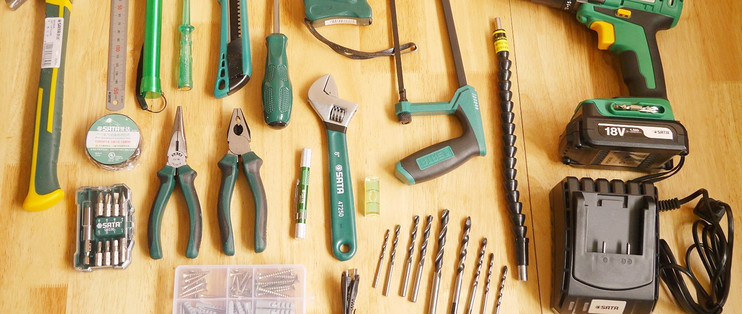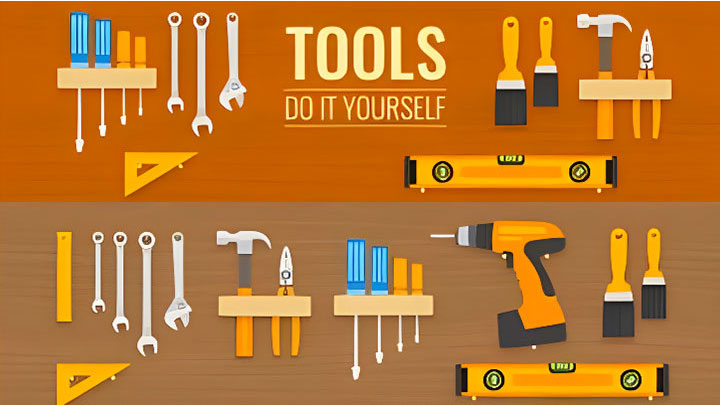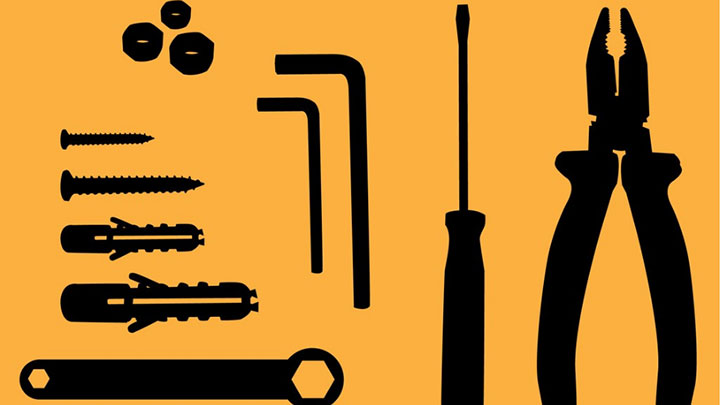Quality Standards for Hand Tools
Hand tools are essential components in various industries and everyday tasks, relied upon for their durability, functionality, and safety. Ensuring high-quality standards is paramount to their effectiveness and user satisfaction. This article explores the key quality standards that govern hand tools, ensuring they meet stringent criteria for performance and reliability.
1. Material Selection: The quality of a hand tool begins with the materials used. High-grade metals such as carbon steel, stainless steel, and alloys are preferred for their strength, corrosion resistance, and longevity. These materials are often tested for their mechanical properties to ensure they can withstand the stresses and strains of regular use without deformation or failure.

2. Manufacturing Processes: Precision manufacturing processes play a crucial role in determining the quality of hand tools. Techniques such as forging, casting, machining, and heat treatment are employed to enhance strength, hardness, and dimensional accuracy. Quality control measures at each stage of production help identify and rectify any defects that could compromise performance.
.
3. Ergonomics and Design: Ergonomic design is essential for user comfort and safety. Hand tools should be designed with grips that reduce strain and fatigue during prolonged use. Handles are often shaped and textured to provide a secure grip, preventing slippage and potential injuries. Additionally, well-balanced tools ensure optimal control and maneuverability.
.
4. Performance Standards: Hand tools must meet specific performance criteria to ensure they perform their intended functions effectively. Standards organizations such as ISO (International Organization for Standardization) and ANSI (American National Standards Institute) define parameters for dimensions, tolerances, strength, and reliability. Tools undergo rigorous testing to verify their ability to withstand specified loads and operating conditions.
5. Safety Regulations: Safety is paramount in the design and use of hand tools. Tools should comply with safety standards that mitigate risks such as electrical hazards, mechanical failures, and ergonomic discomfort. Regulatory bodies set guidelines to ensure tools are safe to operate and handle, reducing the likelihood of accidents or injuries in professional and consumer settings.
6. Durability and Longevity: Quality hand tools are expected to have a long service life under normal operating conditions. Durability is achieved through appropriate material selection, robust construction, and resistance to wear and corrosion. Manufacturers often provide warranties to guarantee the longevity of their products, reflecting confidence in their quality and reliability.
7. Quality Assurance and Certification: Manufacturers implement comprehensive quality assurance programs to maintain consistency and excellence in their products. Certification from recognized bodies confirms that hand tools meet or exceed industry standards for quality, performance, and safety. This certification instills confidence in consumers and businesses alike, ensuring they invest in tools that deliver reliable performance and value.
In conclusion, adhering to stringent quality standards is fundamental to producing hand tools that excel in performance, safety, and durability. Manufacturers and consumers benefit from tools that meet these standards, ensuring efficient and effective operations across various applications and industries.




